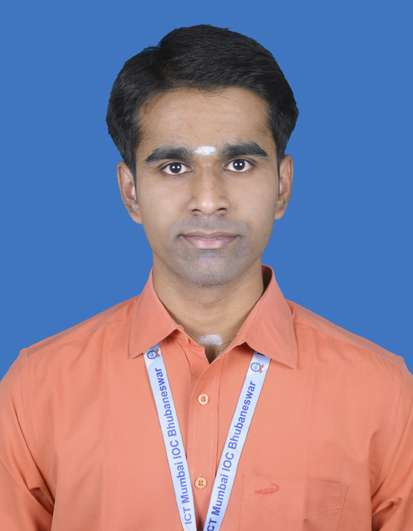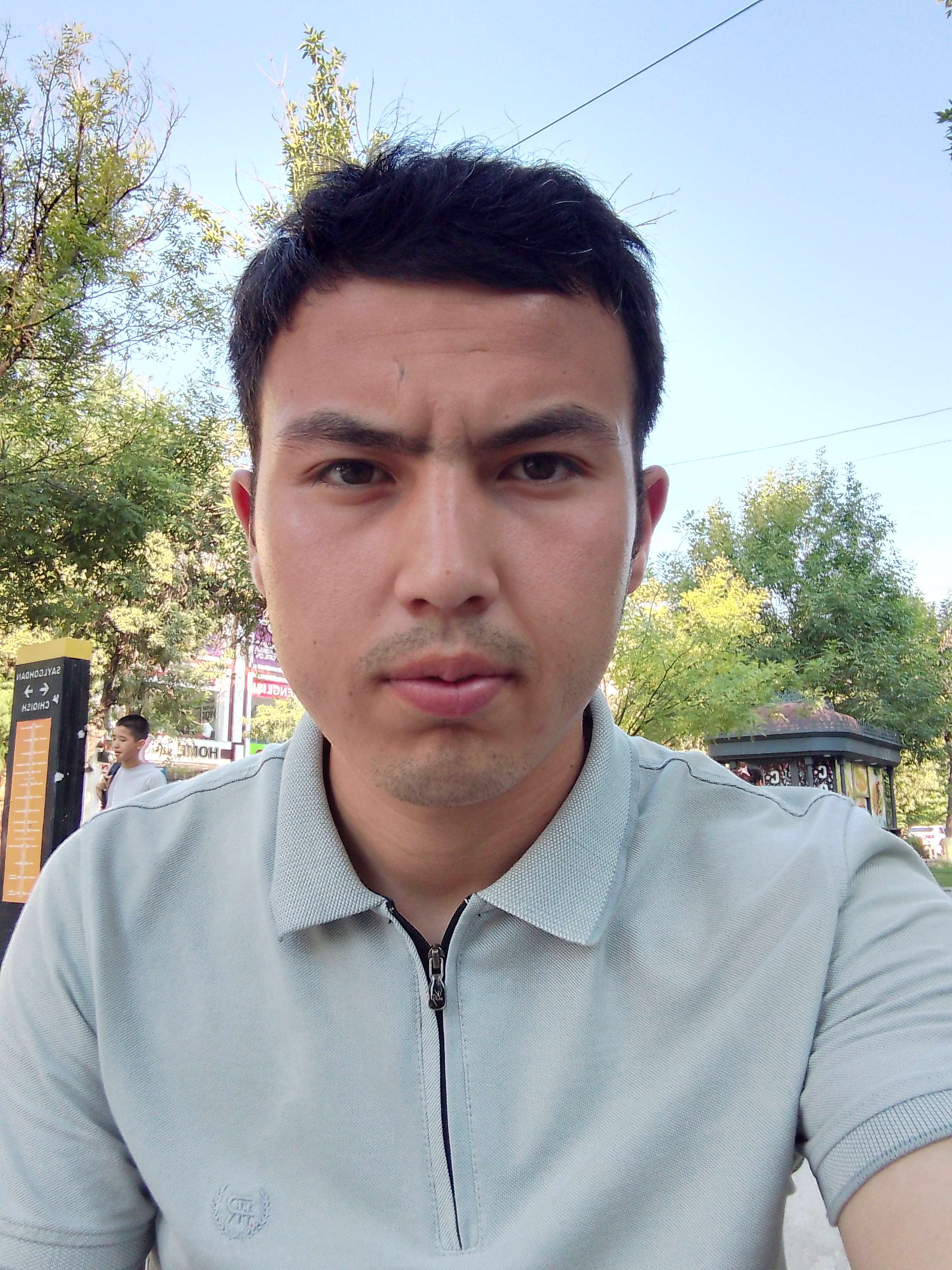The course “MOLECULAR DYNAMICS RESEARCH” is aimed at: Computer molecular dynamics of nanoscale phenomena: exploring new drugs and materials; MD Developments and Recent Applications. The relationship of the course “MOLECULAR DYNAMICS RESEARCH” with closest disciplines: Performing MD Studies of Nanosized Systems Combined with Neutron Scattering Experiments; Computer-medicine chemistry: design of biochemical molecules, ligand-receptor interactions; Medicinal chemistry: molecular design of physiologically active compound and preparation; Computer methods in “drug design”; Computer design in chemical industry: polymers, liquids; Molecular modeling and visualization; virtual screening methods, etc.
Tasks
The tasks on the course “MOLECULAR DYNAMICS RESEARCH” is to study:
1: The basic equations, potentials and simulation techniques;
2: The computer code description for simulation of liquid model (Lenard-Jones potential);
3: The use of selected general-purpose code for the simulation of ionic, polymeric and biochemical molecular systems;
4: The theory of the basics of hybrod MD approach (classical quantum-chemistry potentials simulation methods);
5: MD test modeling.
Preliminary schedule by topics/tasks
1-week for 1-topics outlined above
Required skills
Very basic knowledge at the university standard (General Math, Physics, Chemistry, Biology; + OS UNIX (Linux))
Acquired skills and experience
The study of the “MOLECULAR DYNAMICS RESEARCH” course is to result in:
---Simulation and design of physical and biochemical nanostructures, systems and compound;
---Computer molecular design of new structures with given (by experiment) parameters and conditions.
Recommended literature
1.Kholmirzo KHOLMURODOV (Editor), «Computer Design for New Drugs and Materials: Molecular Dynamics of Nanoscale Phenomena», Nova Science Publishers (N.Y.), ISBN: 978-1-53612-082-0, (2017).
2.Kholmirzo KHOLMURODOV (Editor), «Computational Materials and Biological Sciences», Editor: Kholmirzo T. Kholmurodov (Leading Scientist, Frank Laboratory of Neutron Physics, Joint Institute of Nuclear Research, Dubna, Moscow Region, Russia), Nova Science Publishers (N.Y.), ISBN: 978-1-63482-541-2, (2015).
3.Kholmirzo KHOLMURODOV (Editor), «Models in Bioscience and Materials Research: Molecular Dynamics and Related Techniques», Nova Science Publishers (N.Y.), ISBN: 978-1-62808-052-0 (2013).
4.Kholmurodov Kh.T. (Editor) «Molecular Dynamics of Nanobiostructures». Nova Science Publishers (N.Y.), ISBN: 978-1-61324-320-6 (2011).
5.Kholmurodov Kh.T. (Editor) «Molecular Simulation in Material and Biological Research». Nova Science Publishers (N.Y.), ISBN: 978-1-60741-553-4 (2009).
6.Kholmurodov Kh.T. (Editor) «Molecular Simulation Studies in Materials and Biological Sciences» - International Workshop. Nova Science Publishers (N.Y.), ISBN: 1-59454-912-5, (2007).
Supporting MD-simulation codes:
AMBER (ambermd.org) --- Amber (Assisted Model Building with Energy Refinement)
CHARMM (www.charmm.org) --- CHARMM (Chemistry at HARvard Macromolecular mechanics)
DL_POLY (www.cse.scitech.ac.uk/ccg/software/DL_POLY/) --- DL_POLY_2, DL_POLY_3 и DL_POLY_4 with GPU (Graphical Processing Units)






